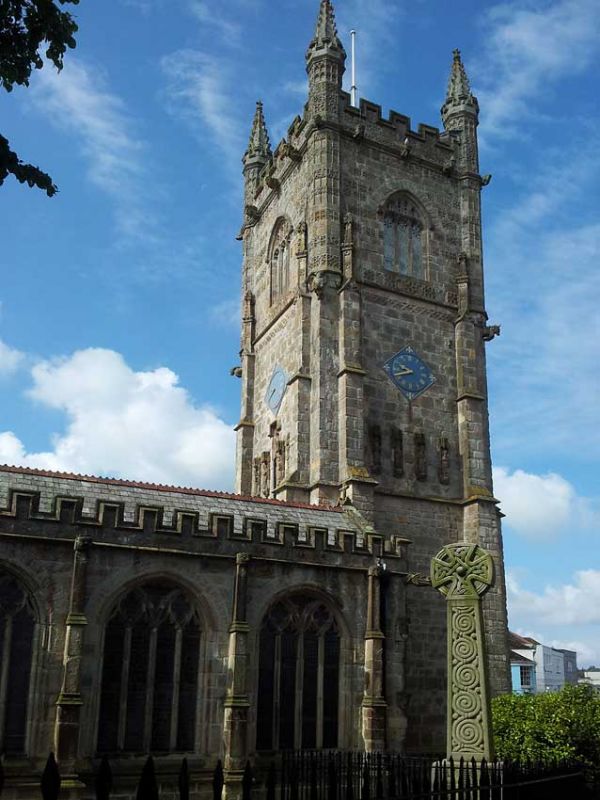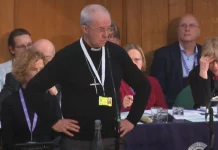Polly and Gerald entered a packed church last weekend, delighting the congregation which was celebrating Palm Sunday. Trampling on the palm fronds scattered across the aisle, the two donkeys behaved impeccably as they brought to life Jesus’s entry into Jerusalem. In contrast, on this Good Friday, the mood in the church today is fittingly sombre and reflective.
Few Church of England churches are as blessed as this one: three services on Sunday, a Director of Music who commands a superb choir, and the active support of parishioners who are C of E, not just C and E (Christmas and Easter).
This Church of England reflects the nation through the centuries. A building in its different forms has been on the site for 700 years, giving today’s visitors a perspective on their own troubles. A few years ago, the genteel tussle over the choice of the new vicar, with an alleged intervention by the aristocrat who had the living, could have been chronicled by Anthony Trollope.
Readings are from the King James Version of the Bible; services follow the Book of Common Prayer, which, like Shakespeare is engrained in our language (“Peace in our time”).
This particular church, however, is hardly typical of the Church of England, once perceived as the Conservative Party at prayer. But, like too many in the Conservative officer class, their Church equivalents now appear to be lacking confidence in their institution’s core values and mission.
The 2021 census highlighted that England and Wales is becoming more secular. For the first time, fewer than half the population described themselves as Christian, a drop of almost five million people since 2011. (“No religion” was up by eight million to 22.2 million.)
“This first Christian minority” in a census prompted calls for the disestablishment of the Church by, somewhat inevitably, National Secular Society. It also suggested only 0.9 per cent of the population attends a normal C of E Sunday service.
Attendance numbers appear a tad hazy. The Church Times reported that average all-age weekly attendance was 854,000 in pre-pandemic 2019. They have fallen since. A 2017 report on the rural mission states that half of the 10,200 country churches had weekly attendance of fewer than 20 people. One estimate claims that 930,000 British Muslims attend a mosque weekly.
Optimistic talk of a post-Covid bounce back raises questions about why Church of England leaders did not fight harder to keep churches open during lockdown, a time when spiritual comfort was surely needed. It grated that entry was barred to the country’s oldest churches which had weathered the Great Plague of 1665/6 and the 1348 Black Death; rural churches with typical attendance that barely scrapes double figures hardly had a social distancing problem.
Last month, startling headlines stated that the Church was a “doom spiral”, thanks to church closures, parish mergers and falling attendances. This claim was made by the Revd. Marcus Walker, Rector of St Bartholomew the Great, London’s oldest parish church and Chair of Save the Parish.
It argues that the parish system – “chief among the treasures of the Church of England” – needs revitalising. Help could come not least from the £10 billion and more held by the Church Commissioners, along with efforts to streamline “the bloated costs and duplicated activities of the dioceses.”
The Church often appears to be just another bureaucracy, existing primarily to serve itself, with layers of self-interested administrators getting in the way of its core purpose (think the NHS). As in every bureaucracy, there is empire-building and mission creep, i.e. time-wasting diversification and gasping to catch up with transitory trends, which can be usefully summed up as wokery.
Read it all at Conservative Home










